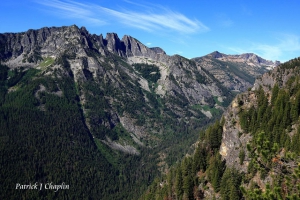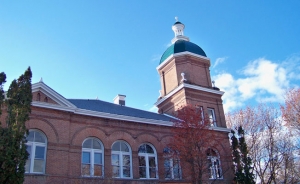You would not be the first to
fall in love
with the Bitterroot.
While the seemingly untouched natural treasures of the Bitterroot would seem to say otherwise, there is no denying some important people have passed through this valley before. From explorers to tycoons, history is as thick through this part of Montana as the smoke from a campfire. And one thing you’ll find here in the Bitterroot is your brushes with the past are not tucked back in some climate-controlled museum. From the apple orchards to the copper tycoons, to Lewis & Clark, it’s all right here and you can stand in it.

Early Inhabitants
Long before anyone cast a fly on these waters or guided a snowmobile down these trails, the Salish and Pend d’Oreille Indians made their home here. The same game-filled forests and trout-laden waters that attract visitors and inhabitants today made it a perfect place to live then.
Lewis & Clark
It was September 8th, 1805 and the Shosone guide known as Old Toby was leading the greatest American road trip along the Bitterroot River. His advice for Lewis and Clark at this point was to get some rest. The mountains that lay ahead were going to be tough and here, in this tranquil valley, was grass for the horses, firewood, clear cold water and a wealth of game to stock up on the calories needed for the challenges ahead. The party followed Old Toby’s advice and called this spot Traveller’s Rest. They even returned here on their way back—a testament to just how nice the Bitterroot Valley really is. Some of the only discovered artifacts from the Lewis & Clark expedition are here at Traveler’s Rest. You are free to see them for yourself. But perhaps best of all, just like Meriwether and William you can take a moment and experience the rejuvenating quality of this spot before you resume your travels.
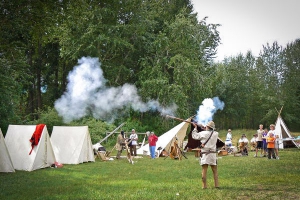
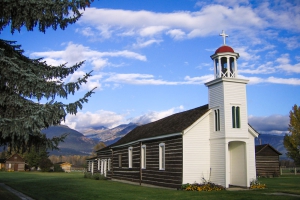
St. Mary’s Mission
As the first white settlement in what was to eventually become Montana, the St. Mary’s mission marks a definitive chapter in the story of the state. Founded by Jesuit priests along with Iroquois Indians, it was an influential center of native interaction with white settlers and culture, and also brought Father Anthony Ravalli to the area that would later comprise a county carrying his name. Today you can tour the mission complex with a chapel/residence, Chief Victor’s cabin (now a native American museum), DeSmet Park, Father Ravalli’s burial site as well as a modern visitor’s center.
Daly Mansion
Quite frankly, the Copper King, Marcus Daly, could have built a lavish estate anywhere he liked—he chose the Bitterroot. The ensuing 24,000 square foot Queen Anne style mansion stands today as a Gone With the Wind-worthy reminder that this is a pretty remarkable place. You are welcome to visit the twenty-five bedrooms, sit in front of one of the seven fireplaces or relax on the porch and play a game of checkers while absorbing the stories of a powerful man and his opulent interests.
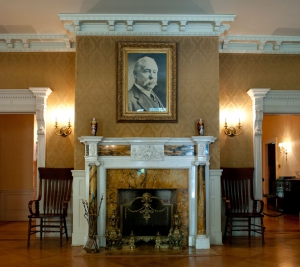
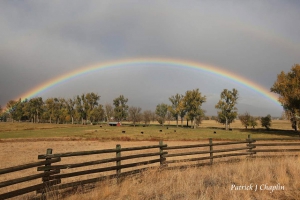
McIntosh Apples
Thanks to fertile soil and a relatively moderate climate, the Bitterroot has always been a place where things like to grow. This simple and pleasant fact has not only shaped the history of the valley but continues to have an effect to this day.
At the turn of the last century the local agrarians explored the idea of turning the Bitterroot into a formidable apple growing region. The McIntosh variety was found to benefit most from the valley’s qualities and within no time, orchards were cropping up everywhere. To this day, it’s still possible to stand under 100 year-old apple trees. Likewise, you can also join us for the McIntosh Apple Day celebration and Liquid Apple Night hard cider festival that takes place on the first Saturday of every October.
Another project closely tied to our apples involved bringing in a little known architect (at the time), Frank Lloyd Wright, to create plans for “a summer retreat for noted savants.” Wright drew plans for a series of cottages and common buildings on a gentle slope on the west side of the Bitterroot to facilitate the development of apple orchards. Two of those buildings still stand and are well worth exploring.
Timber
Of course, long before people started planting trees in the Bitterroot , there were ones that grew all on their own. In fact, it was timber that first attracted Marcus Daly to the valley. Today, the logging heritage is alive and strong here in the Bitterroot—and we don’t just mean at the Darby Logger Days. You can see it in the architecture, countless trailheads and the lookout towers that still dot the Bitterroot.
